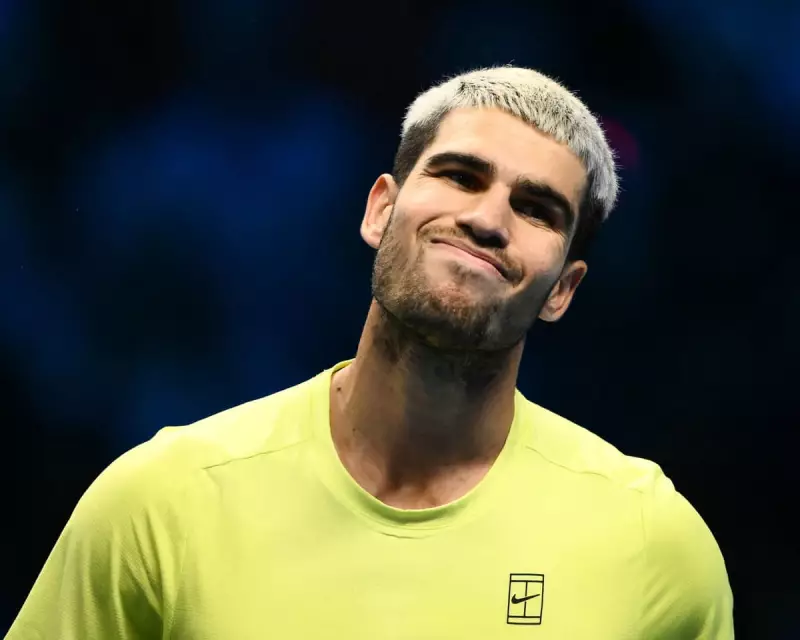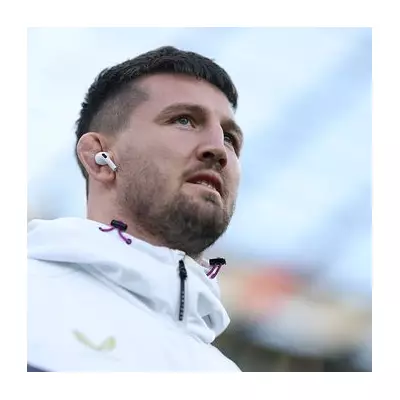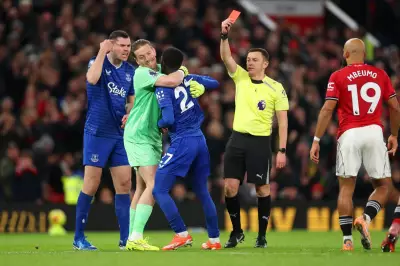
The relentless grind of professional tennis is pushing its biggest stars to breaking point, with a rising tide of physical injuries and mental burnout forcing players off the court and sparking urgent questions about the sport's demanding calendar.
A Season of Collapse
This year has been defined as much by absences as achievements. Ukraine's Elina Svitolina, the world number 14, made the stark decision to end her season prematurely in September, explicitly citing burnout from the constant travel and competition.
She is far from alone. A growing list of prominent players have been sidelined. Britain's Jack Draper, China's Zheng Qinwen, and young talents Holger Rune and Arthur Fils have all contended with significant long-term injuries. Others, like Ons Jabeur and Daria Kasatkina, have stepped away to address their mental wellbeing.
The Unforgiving Calendar
At the heart of the issue is a schedule that many argue is unsustainable. The official off-season for 2025 is a mere five weeks and four days, making the professional tennis season longer than most major sports.
Complaints are not new, but the problem appears to be intensifying. The expansion of top-tier ATP and WTA 1000 events to 12 days, coupled with financial penalties for skipping tournaments, adds to the strain. The situation is set to become even more congested, with a lucrative tenth ATP Masters 1000 event planned for Saudi Arabia as early as 2028.
The sport's fractured governance, split between seven powerful bodies including the ATP, WTA, and the four Grand Slams, has historically prevented cohesive reform. Each organisation fiercely protects its own interests, often at the expense of a unified approach to player welfare.
Conflicting Priorities and Player Frustration
The debate is complicated by differing needs. While top players feel overworked, lower-ranked competitors who earn less and play fewer matches per tournament require more opportunities to make a living.
Player frustration is boiling over. A class action lawsuit led by the Professional Tennis Players' Association, co-founded by Novak Djokovic, accuses the governing bodies of acting as a 'cartel'. Meanwhile, top-10 stars like Jannik Sinner and Iga Swiatek have publicly implored Grand Slams to share more revenue.
ATP Chair Andrea Gaudenzi, a former player, recently suggested athletes should schedule more intelligently, prioritising major events over lucrative exhibitions. This advice rings hollow to many, especially when players like Carlos Alcaraz, who played 81 official matches this year, see exhibitions as a low-effort way to earn significant income.
Alcaraz's situation highlights the contradiction. Forced to withdraw from the Davis Cup finals with a hamstring injury, his packed schedule included the Laver Cup and exhibitions in Saudi Arabia and Puerto Rico. He still plans three more exhibitions before the Australian Open in January.
Ultimately, the core issues remain unaddressed. Players and pundits alike call for a calendar overhaul that prioritises health, creates a logical flow of events, and protects athletes from extreme weather and inconsistent playing conditions. However, as long as the sport's governance remains fragmented, meaningful change seems a distant hope.





